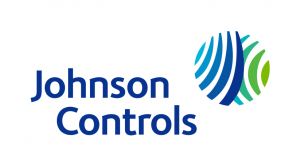Competitiveness
This section feature research, opinion and progress reports on how the Czech Republic compares to other EU countries economically. It includes analysis of international rankings such as the WEF and World Bank.
Show subcategories ▾
Spotlight issue
COVID-19: Managing the human and business impact of coronavirus
Turn massive challenges into meaningful change
View more
No Rebooking Fees
We know that due to the current development of the Covid-19 epidemic, the flexibility of your travel plans is utmost important.
View more
Racing to Develop a Potential COVID-19 Vaccine with Unprecedented Partnership
The current global scale of the COVID-19 pandemic requires nothing short of a fast-moving and nimble international effort to thwart it.
View more

 Twitter
Twitter Linkedin
Linkedin Facebook
Facebook Google+
Google+




